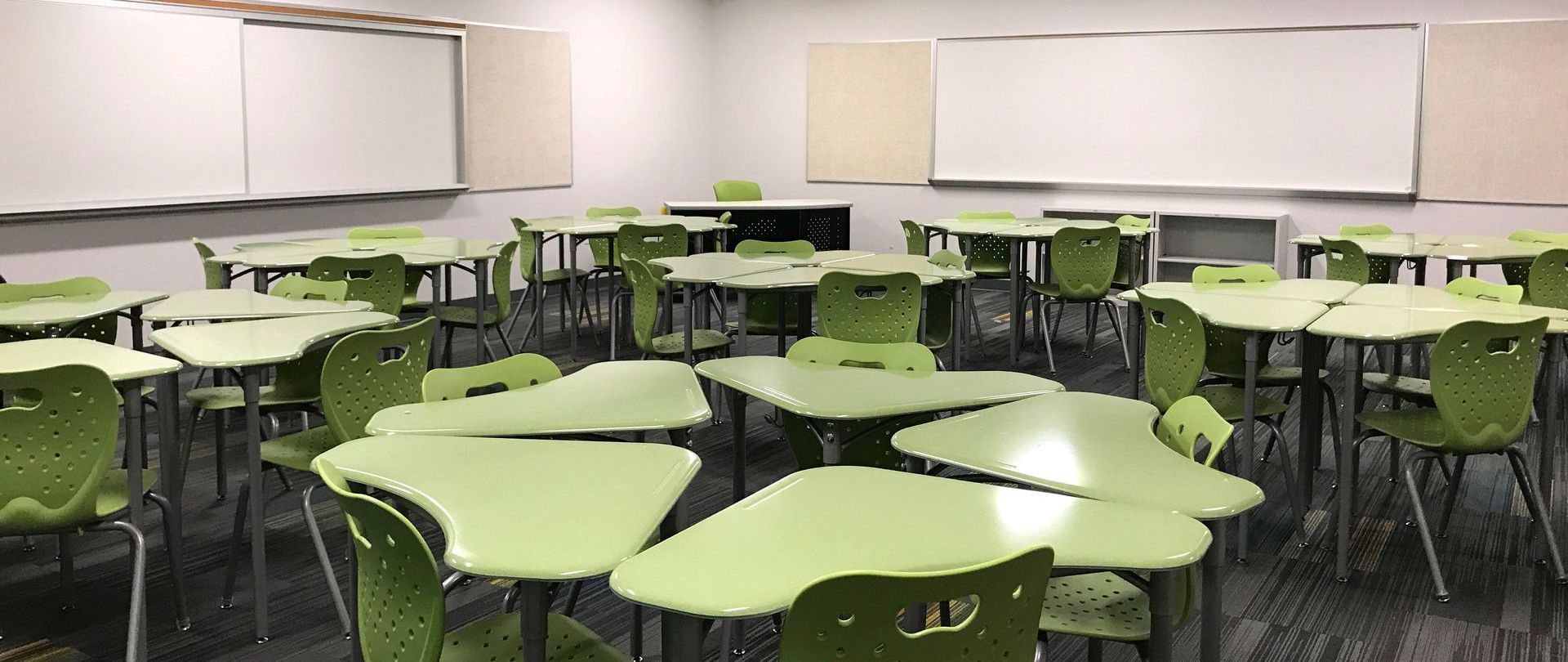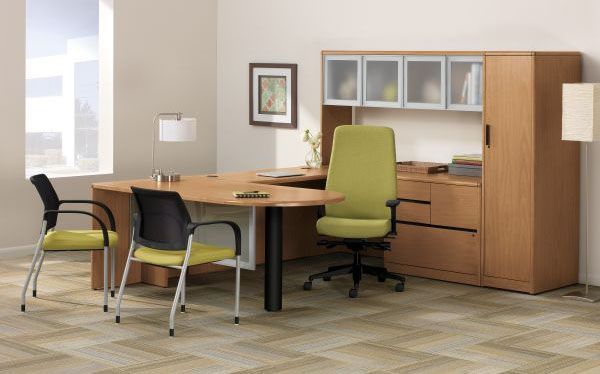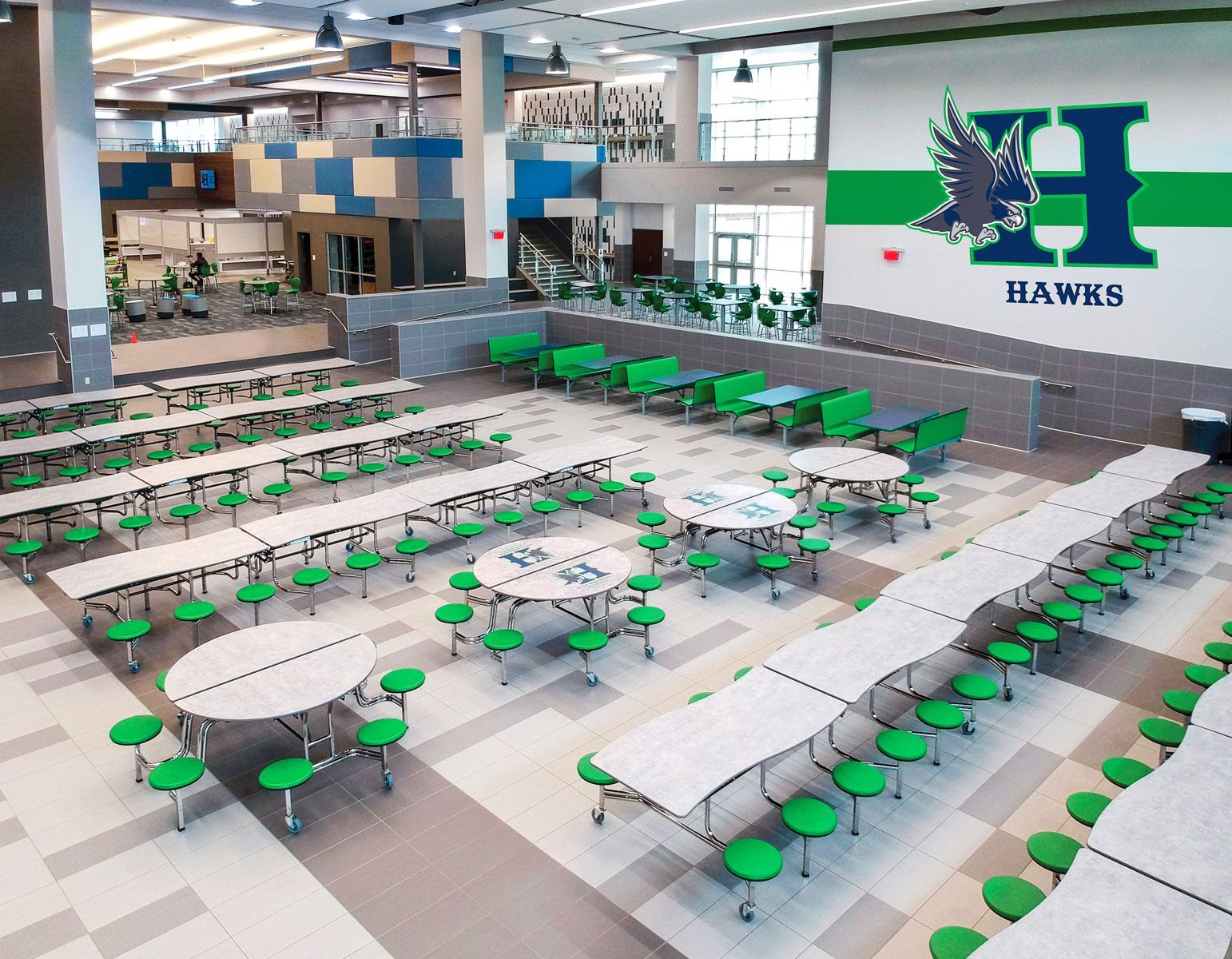The Essential Guide to Choosing the Perfect School Desk
A school desk is more than just furniture; it’s the foundation for a student’s learning environment.

The right desk can enhance focus, encourage good posture, and support various educational activities, making it a critical investment for schools. Whether outfitting a single classroom or an entire campus, here are the key considerations to remember when selecting school desks.
1. Adjustable Heights for Growing Students
Students come in all shapes and sizes, and their desks should accommodate them accordingly. Adjustable-height desks allow schools to cater to different age groups and ensure every student has a workspace that promotes proper posture and comfort.
Why It Matters:
- Proper desk height prevents strain on students' backs, necks, and wrists.
- Desks that can grow with the students are also cost-effective, reducing the need for replacements as classes change.
What to Look For:
- Easy-to-adjust mechanisms, such as knobs or levers.
- Clear height guidelines for different age groups.
- Desks that pair with adjustable chairs for a complete ergonomic solution.
2. Storage Options for Organization
A clutter-free workspace is essential for effective learning. Desks with built-in storage help students keep their supplies organized and within easy reach, reducing distractions during lessons.
Popular Storage Features:
- Under-Desk Storage: Shelves or bins for books, notebooks, and supplies.
- Built-In Compartments: Compartments for pens, pencils, and smaller items.
- Lockable Options: Secure storage for personal belongings in schools with shared desks.
- By incorporating storage solutions, schools can instill a sense of responsibility and organization in their students.
3. Flexibility and Adaptability
Modern classrooms are dynamic, requiring furniture that can adapt to various teaching methods and learning styles. Flexible desks support group activities, individual work, and everything in between.
Key Features for Flexibility:
- Lightweight Design:
- Desks that are easy to move and rearrange.
- Nestable or Stackable Desks: Save space when not in use.
- Collaborative Shapes: Trapezoidal or curved desks that can be grouped together for teamwork.
- Adaptable desks enable teachers to create a classroom layout that aligns with the day’s activities, fostering engagement and collaboration.
4. Durability for Long-Term Use
School desks see daily use and need to withstand the wear and tear of an active learning environment. Durable desks not only protect your investment but also ensure safety for students.
What to Consider:
- Material Quality: Look for desks made from high-pressure laminate or solid wood tops with reinforced steel frames.
- Impact Resistance: Desks with rounded edges and scratch-resistant surfaces for added safety and longevity.
- Warranty and Support: Partner with manufacturers who provide warranties and customer service for repairs or replacements.
- Durable desks ensure that classrooms remain functional and visually appealing year after year.
5. Aesthetic and Functional Design
While functionality is key, the visual appeal of school desks should not be overlooked. Modern designs can create a positive, welcoming atmosphere that motivates students to learn.
Style Meets Functionality:
- Choose neutral tones for versatility or bold colors for a lively environment.
- Opt for smooth finishes that are easy to clean.
- Consider desks with integrated tech features, like built-in tablet stands or cable management, to support digital learning.
Partner with Experts for Your Classroom Needs
Choosing the right school desk is essential, but it doesn’t have to be overwhelming. As a professional furniture procurement expert, 3 Oaks Resource Group has access to hundreds of quality vendors and years of experience outfitting educational spaces. From adjustable-height chairs and desks to durable, storage-friendly options, we can help you select the perfect furnishings to meet your school’s unique needs.
Investing in the right school furnishings sets the stage for student success. Contact us today to learn how we can help you create classrooms that inspire learning, creativity, and collaboration.



